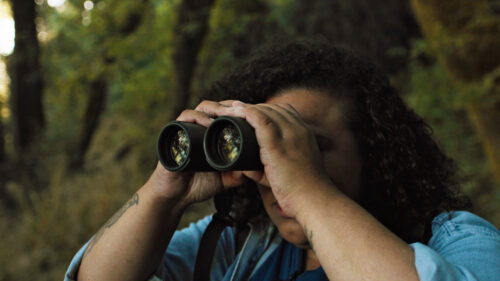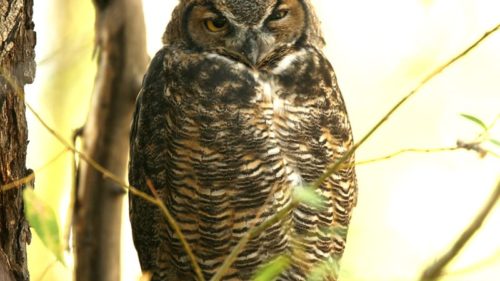Winter is just getting started, and it’s a wonderful time to look for feathered visitors. Oregon’s wildlife areas offer tremendous opportunities to see migrating and overwintering birds of all kinds. Wherever you travel in Oregon, there are great places to go birding near you — national wildlife refuges, nature areas, city parks and even backyards. Get your bird books, binoculars and birding buddies, and head outside.

Portland Region
Just minutes outside of Portland, the Sauvie Island Wildlife Area hosts more than 150,000 geese, ducks and swans that migrate or winter over. This birding hot spot is also a great place to see sandhill cranes and great blue herons among the 275 species that call this nearly 12,000-acre spot home. Not far away, about 14 miles north on Highway 30, Scappoose Bottoms and the Crown Zellerbach Trail in Columbia County are part of rich farmland and favorite stomping grounds for numerous raptors and songbirds. Have your binoculars handy as you trek a section of the 17-mile trail, which stretches from the Multnomah Channel just south of Scappoose to Vernonia.
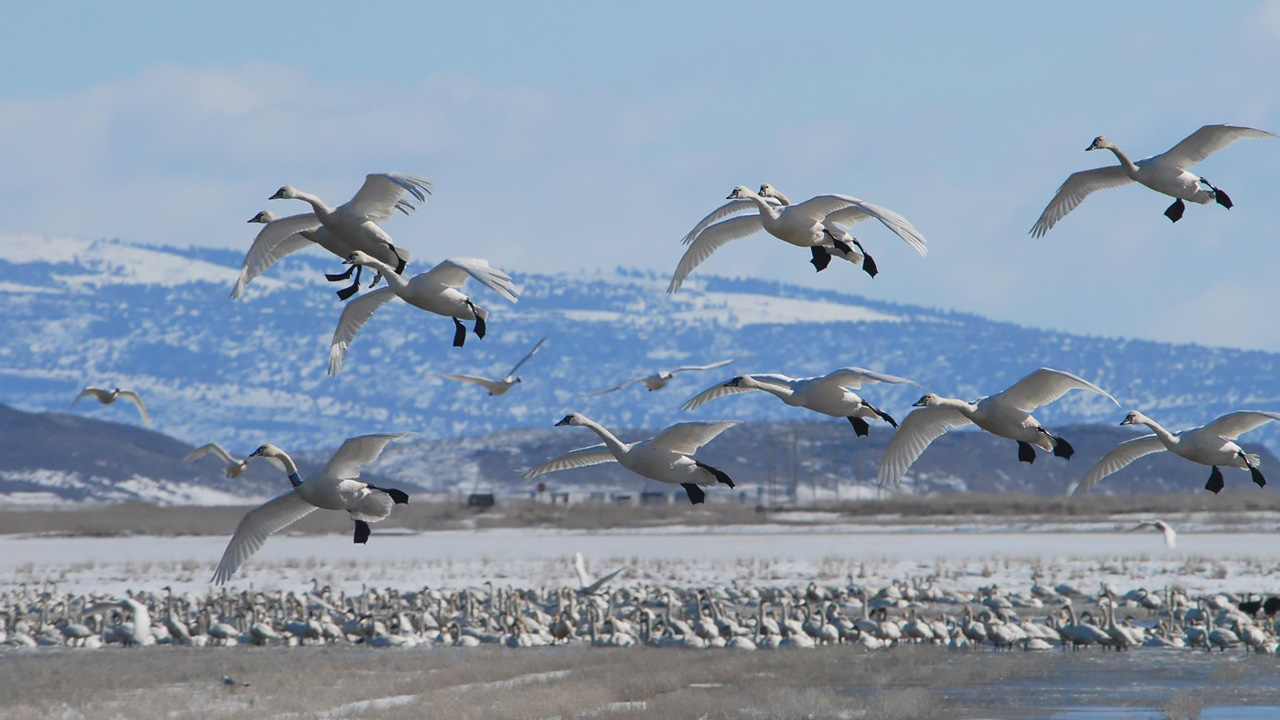
Southern Oregon
Klamath Wildlife Area Units in Southern Oregon offer the chance to see rough-legged hawks, swans, American kestrels and northern harriers in wintertime. From November to February, the star of the show is the bald eagle. More than 500 nest in the area during the season — the largest concentration in the lower 48 states. Try the sport of “extreme birding” between February and April, when guides set up a bird blind to camouflage birdwatchers and decoys to entice migrating masses. The Winter Wings Festival in Klamath Falls brings leading birders, keynote speakers, workshops, presentations and more fun to the Klamath Basin. The volunteer-run festival celebrates its 41st year in 2020.

Oregon Coast
From the cliffs and overlooks at Cape Meares National Wildlife Refuge near Tillamook, take in the view of tufted puffins, pelagic cormorants, common murres and pigeon guillemots. Don’t miss the 19th century lighthouse and uniquely shaped Octopus Tree. The Oregon Islands National Wildlife Refuge is a huge resource for anyone who wants to bird watch on the Coast. Download their Discover Nature app for a GPS-guided, nature-based scavenger hunt. You can post and view photographs from other visitors at the same spot and capture and view field notes on various seabirds and other species. Find maps, descriptions, species lists and other handy info — including a checklist for 250 species — for 173 sites along the Coast at the Oregon Coast Birding Trail site.
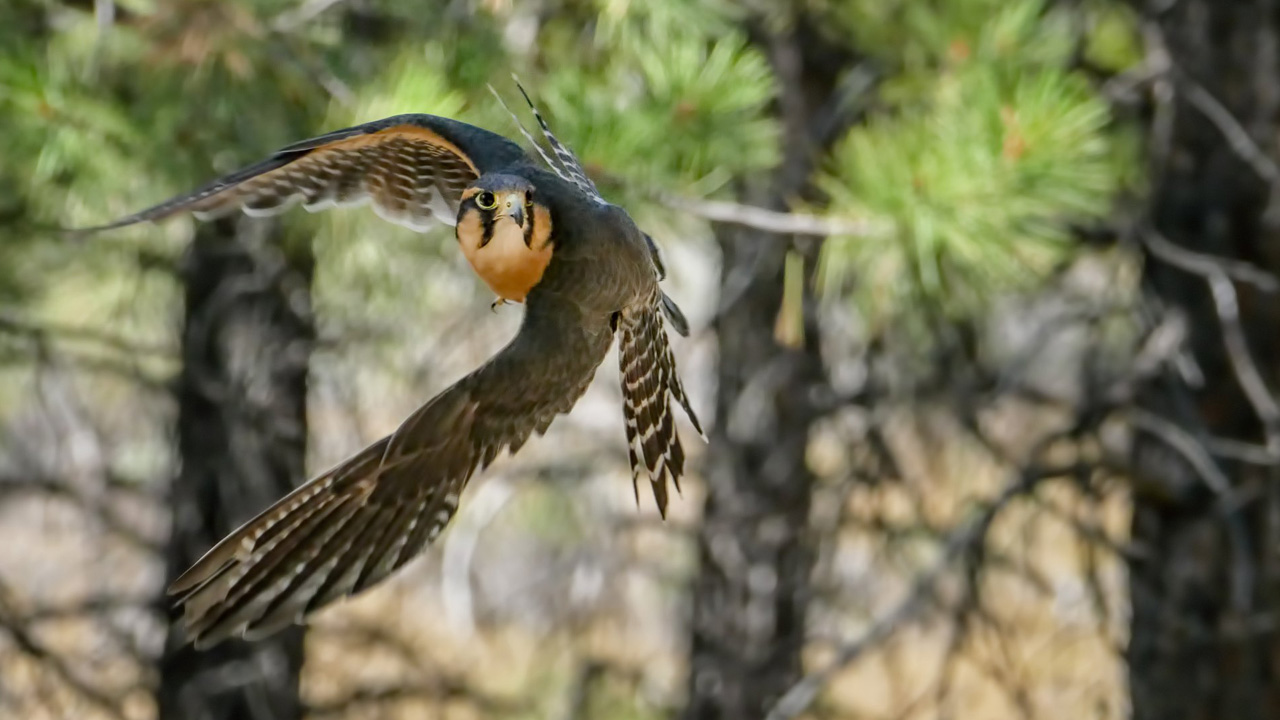
Central Oregon
Watch for bald eagles at Lake Billy Chinook, which is also home to the annual Eagle Watch in February — a free celebration that honors eagles and other raptors that live in the area. In winter or any time of year, stop by Bend’s High Desert Museum, which delights visitors of all ages with its programming and exhibits on owls and raptors through its Donald M. Kerr Birds of Prey Center.

Eastern Oregon
Harney County in the southeastern corner of the state is one of Oregon’s most famous spots for bird lovers, and for good reason. Thousands of species can be spotted at the Malheur National Wildlife Refuge near Burns in January, including trumpeter swans, ring-necked pheasant, belted kingfisher, northern harriers, California quail, black-billed magpie, common raven and various duck species. Make plans for the Harney County Migratory Bird Festival, which happens every spring to celebrate the large annual migration passing through Harney Basin on the Pacific Flyway — one of busiest areas of the western United States for birds migrating north in the spring. In the northeastern corner of the state, a half-dozen spectacular spots near Pendleton make for a convenient weekend of exploration; make your overnight base in the city and explore the Northeastern Oregon Birding Trail by day. A bit westward, the unspoiled McNary Wildlife Nature Area in Umatilla offers a diversity of ducks and other waterfowl, as well as songbirds around the ponds. Take it all in on the 2-mile trail system around the marshes tracing the Columbia River.
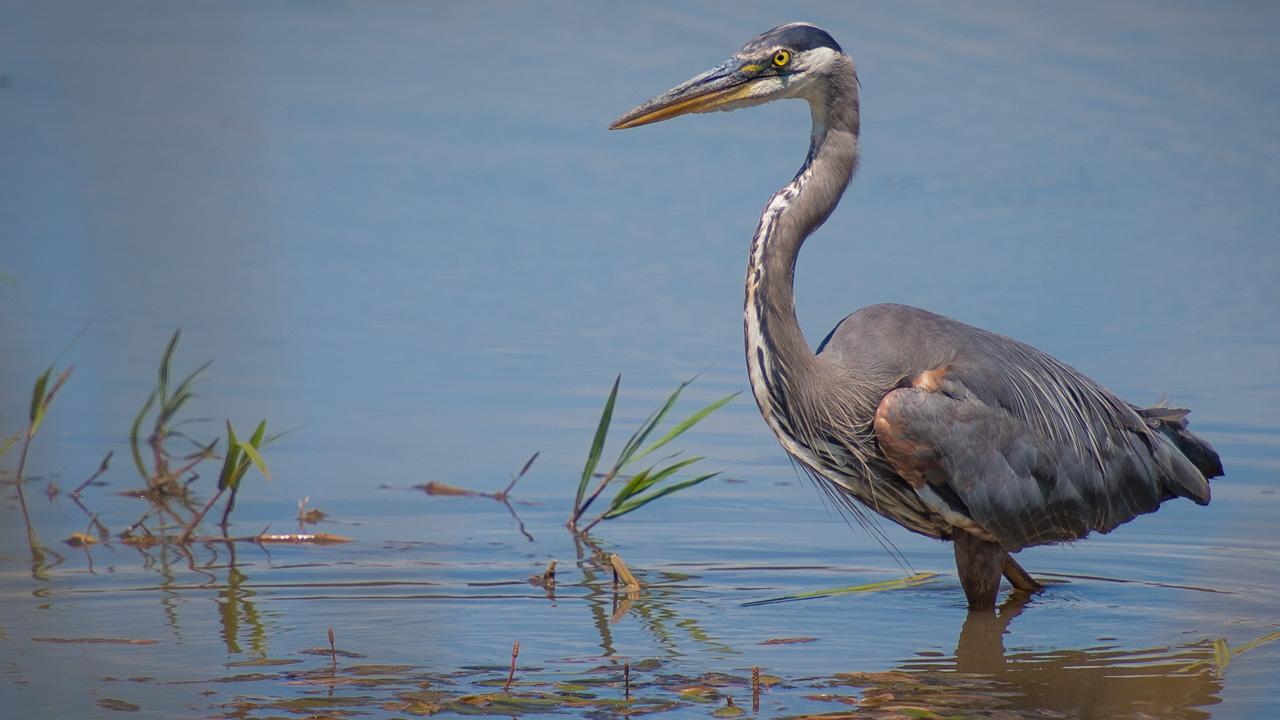
Willamette Valley
At the William L. Finley National Wildlife Refuge outside of Corvallis, you’ll find thousand of ducks, geese and swans during the winter months. It’s also a great seasonal refuge for dusky Canada geese. Visit the Cascades Raptor Center, home to rehabilitated birds of prey, in Eugene for family-friendly urban birding. Ankeny National Wildlife Refuge in Salem is positioned perfectly at the confluence of the Santiam and Willamette rivers. Walk the 3.9-mile Pintail and Egret Marsh trail loop for commanding views of the wetlands, where wintering birds start to arrive. Just west in nearby Dallas, off Highway 22, the open farmland of the Baskett Slough National Wildlife Refuge (part of the Willamette Valley National Wildlife Refuge complex) provides homes for threatened and endangered species and is a stopover for migratory birds. In particular, it’s prime wintering habitat for dusky Canada geese, who are known to nest in the winter only here in the wetlands of the Willamette Valley as well as in Alaska’s Copper River Delta. Visitors can walk the Rich Guadagno Memorial Trail year-round.
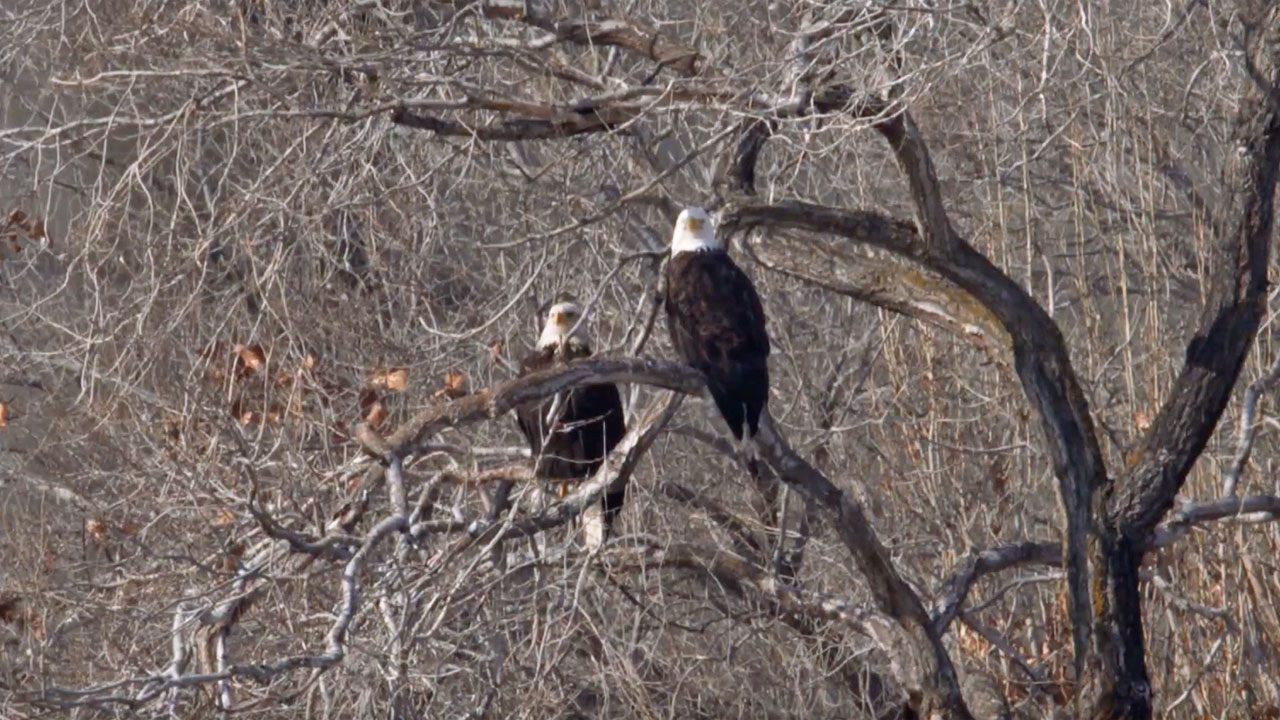
Mt. Hood and the Gorge
Can you imagine anything more majestic than dozens of bald eagles soaring above the Columbia River Gorge? The Dalles is a prime spot to watch these feathered beauties during their northward migration between late December and early March. Bring binoculars or a spotting scope. If you’d like the help of an interpretive guide, the Columbia Gorge Discovery Center in The Dalles includes a raptor program that offers close-up experiences with birds of prey, including falcons, hawks, owls and eagles.
If you go:
Stay posted on birding activity. For the wildlife report about birds and other wildlife activity, visit the Oregon Department of Fish and Wildlife bird watching page or Oregon Birding Trails — a one-stop resource for up-to-date information, maps and more.
Join the birding community. Attend a workshop, guided hike, birding trip or other event at the Portland Audubon or your closest Audubon center. You can also visit the Wildlife Care Center at Portland Audubon and learn about their rehabilitation efforts for about 3,000 animals each year that are treated and released back into the wild. Bird nerds may especially relish Audubon’s regular rare bird alert.
Consider volunteering. Audubon and other groups host annual Christmas bird counts. The Oregon Shores Conservation Coalition hosts lectures about species such as the common murre and black oystercatcher.
